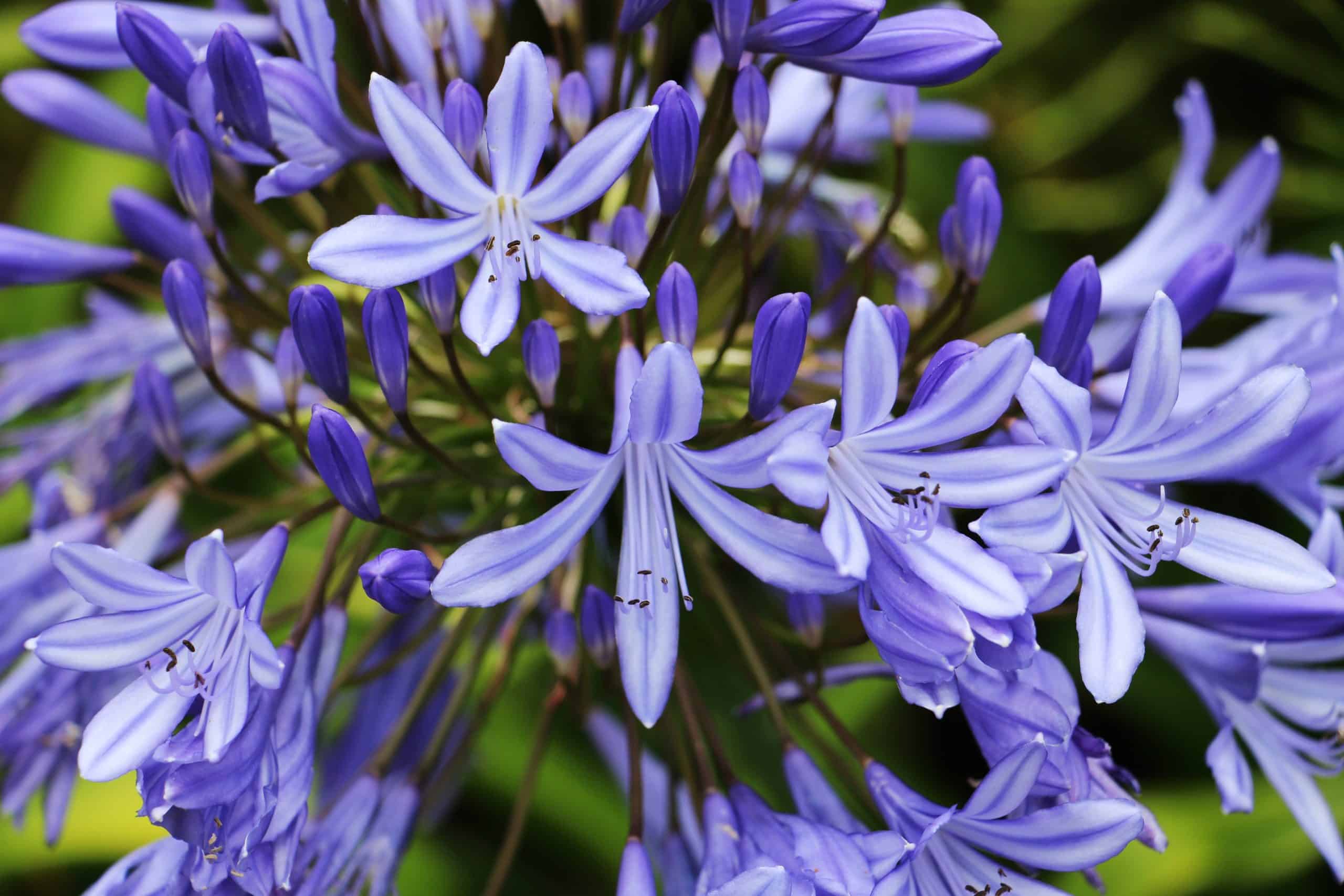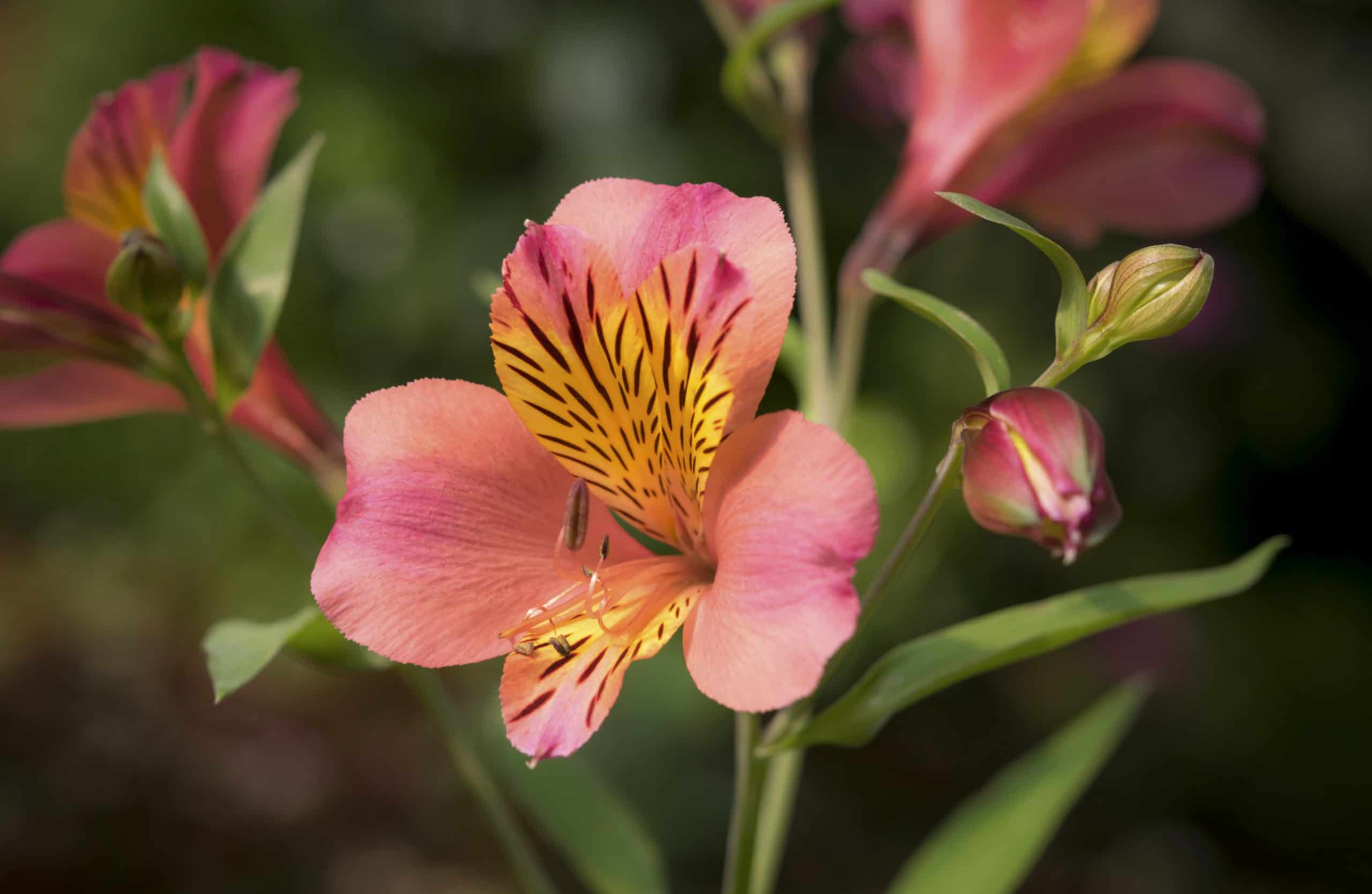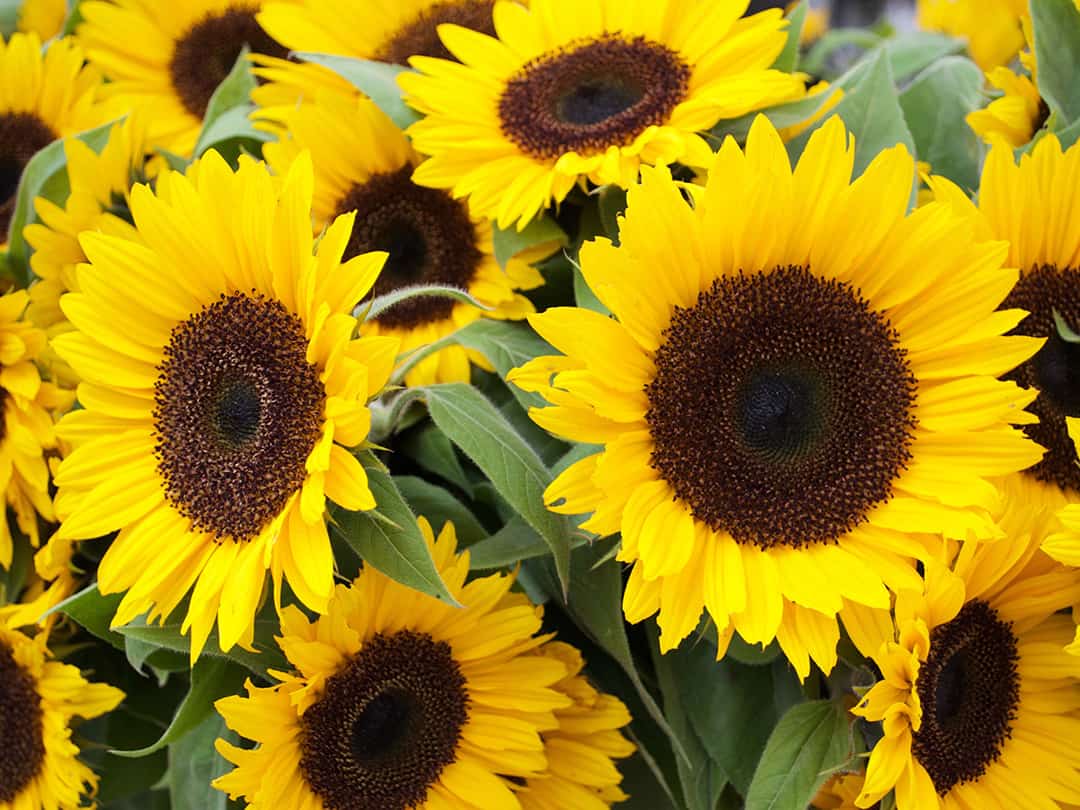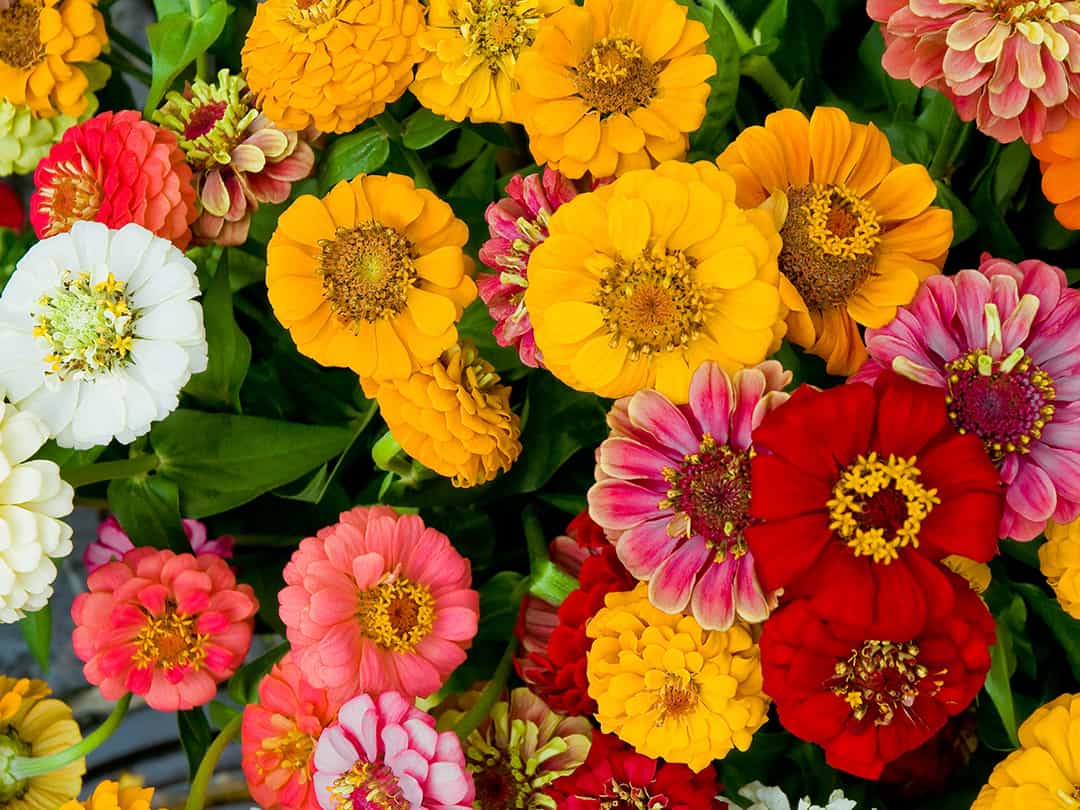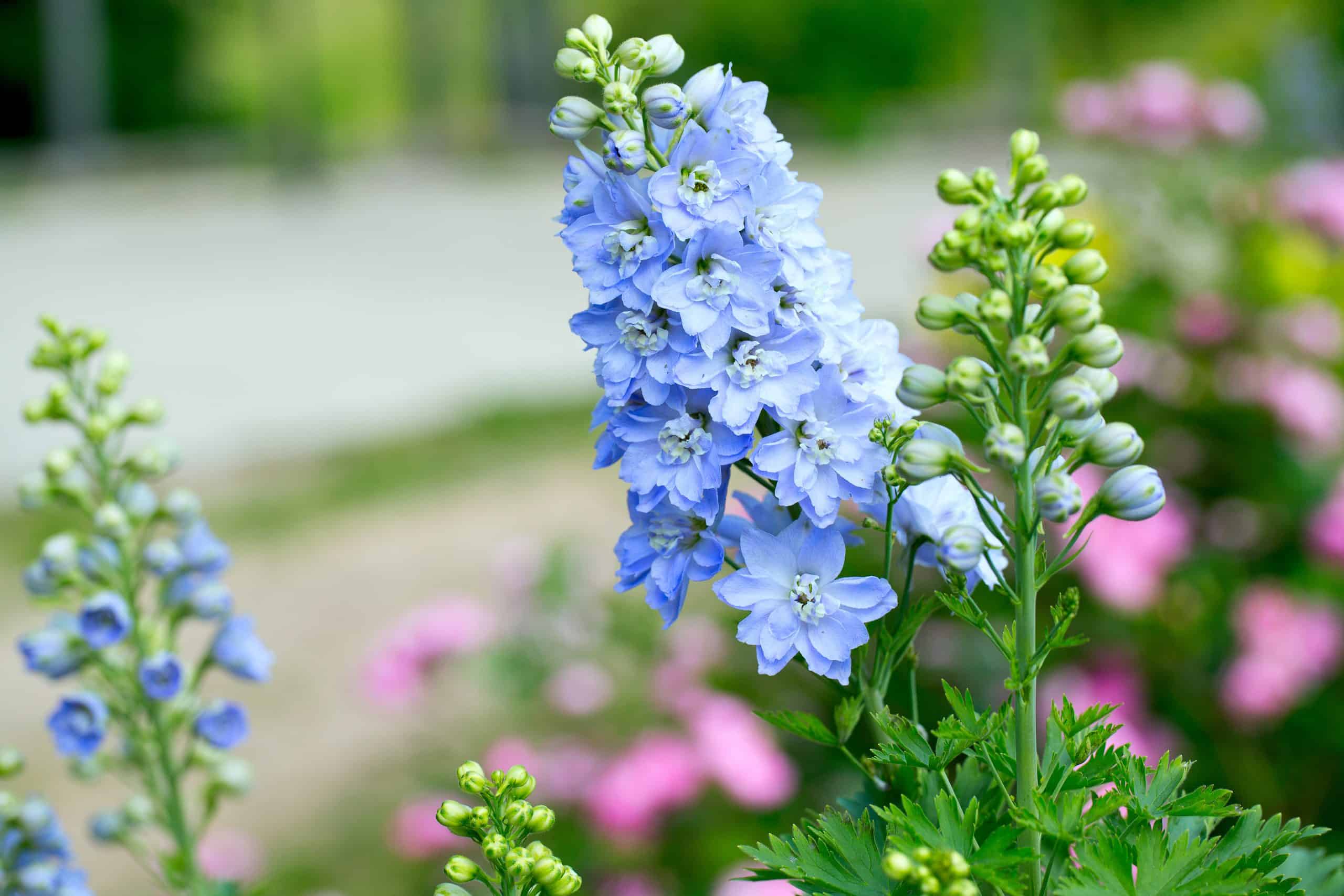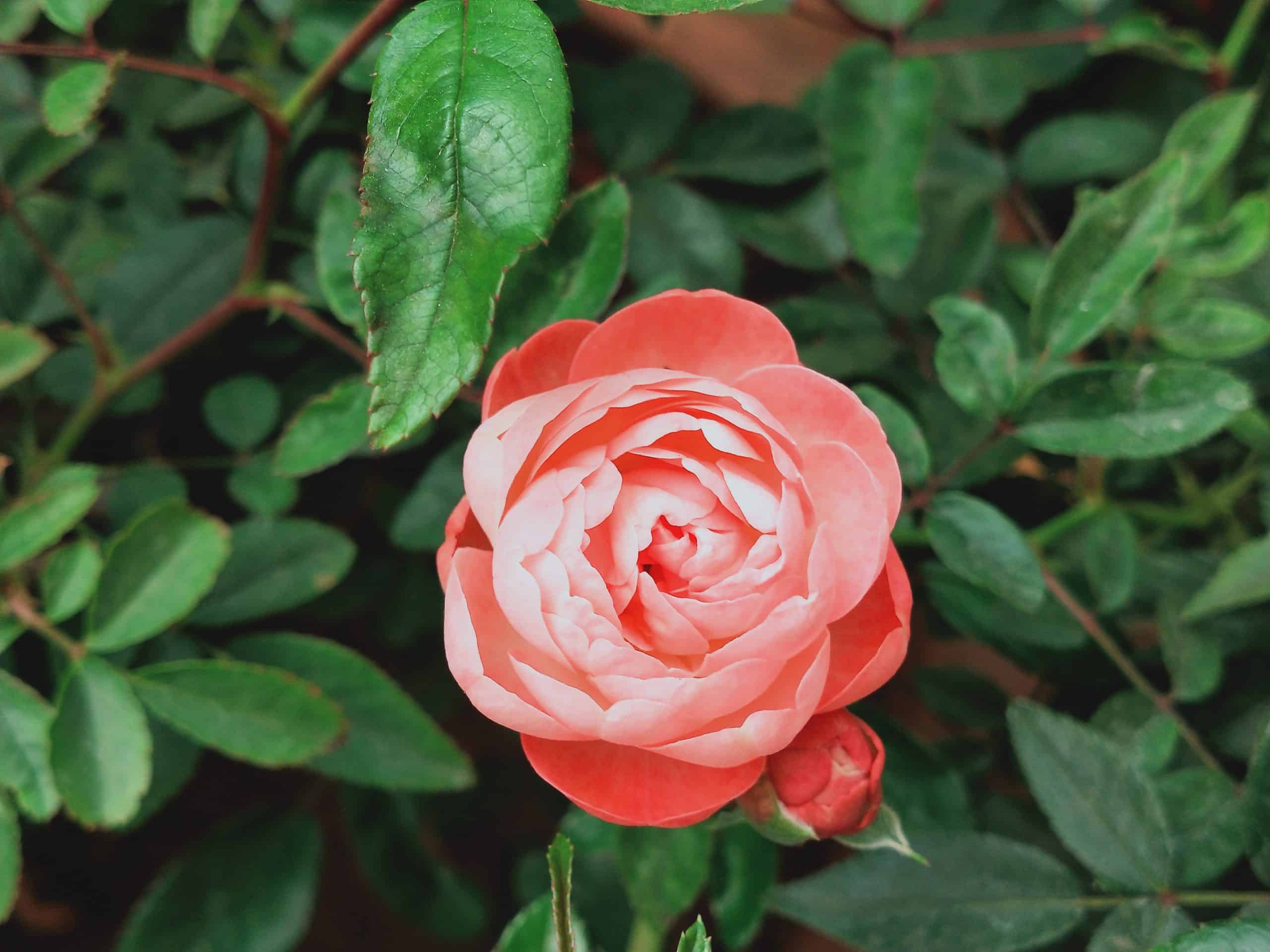Written by: Kate, Marketing Department and garden enthusiast
I love buying flowers from the store. I’m sure many of you can relate to grabbing a bouquet from Trader Joe’s — so tempting! 
Not only does it save money (seeds are way cheaper than a bouquet of six stems), but I get to select what will be growing. Another bonus is that it will reduce my carbon footprint. Did you know that over 80% of cut flowers purchased in the US are imported from other countries?
This is how I planted my garden and what I learned along the way.
Location, Location
It’s best to pick a site that gets great sun exposure throughout the day and drains well. Don’t be afraid to plant in a space that isn’t very large. For example, a 4’x 4’ garden bed can hold about 16 plants.
Plan It Out
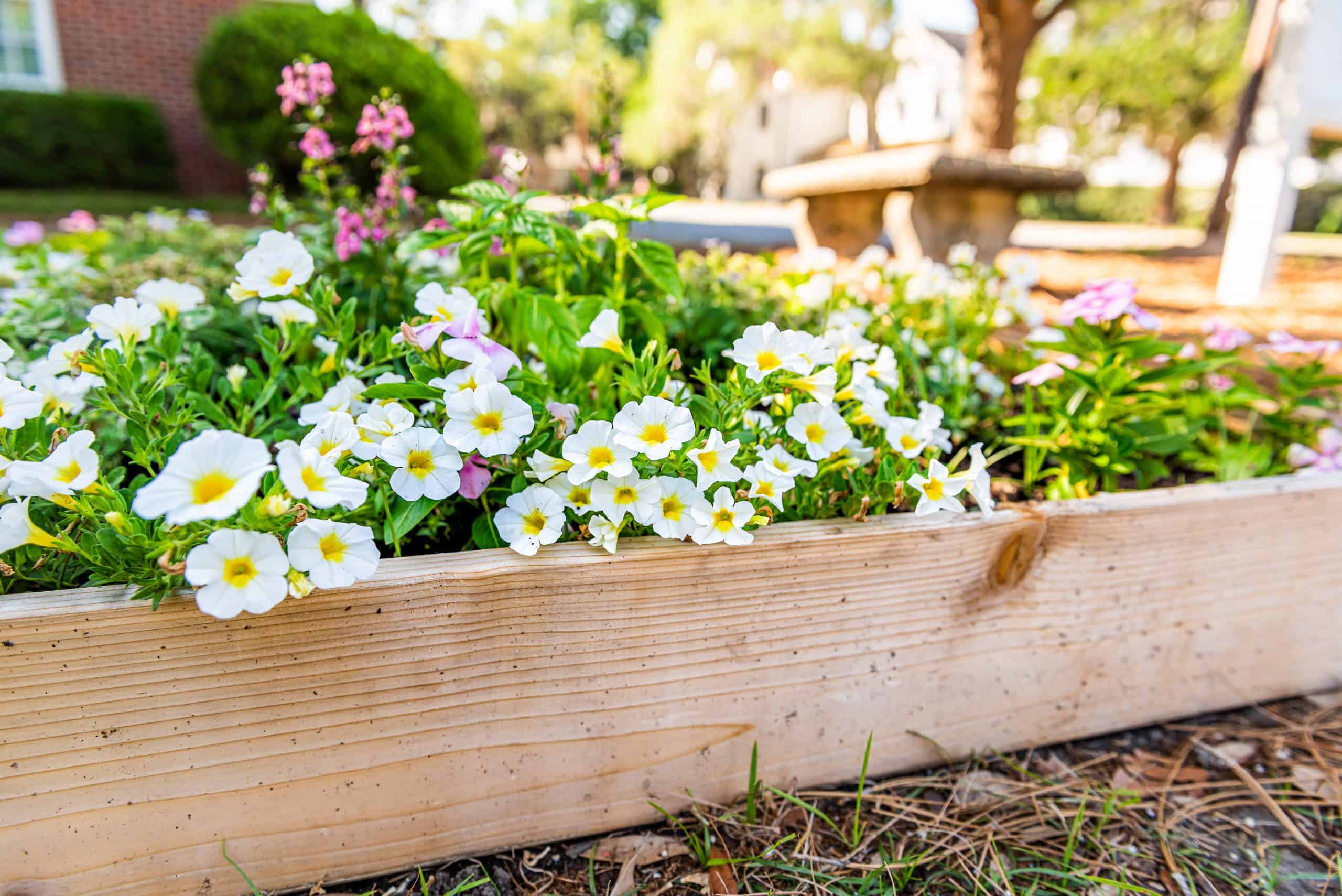
We’re lucky to have such great weather in Southern California that makes it possible to grow all types of plants and vegetables. I suggest talking to one of the helpful experts in the Anawalt Garden Center for help with planning out your cutting garden. They provided great information and helped me select the right flowers.
My Choices
A few flowers that I planted are:
Dahlias

Agapanthus (Lily of the Nile)

Alstroemeria (Peruvian Lily)

Sunflowers

Zinnias

Delphinium

Roses

Clematis

Tips for Longer Lasting Flowers
These are helpful hints I have learned along the way and from the team at Anawalt:
- Cut stems longer than needed, so that you can trim them when arranging.
- When cutting flowers, put the stems directly into a bucket of cold water.
- Select flowers with blooms that are 3/4 (75%) open for longer lasting vase life.
- Cut at an angle to increase water consumption area.
- Always cut flowers in the morning. They soak up water at night and are hydrated in the morning.
- Clean and sanitize tools, buckets, and vases you use to harvest and arrange. This reduces exposure to bacteria and fungus, which kills flowers quickly.
- Flowers like Dahlias have hollow stems and can dry out quickly. Flip the flower upside down and fill directly with water (place your finger over the opening and flip upright into the water).
- To prevent bacteria and fungus growth, remove any leaves that touch the water in the vase.
- If possible, don’t place your vase in direct sunlight.
- If you want your flowers to last longer, place your vase in the fridge every night before going to bed.
- Change water every 2–3 days.
FAQs: Growing a Flower Cutting Garden
Q: What’s a cutting garden?
A cutting garden is a dedicated garden space for growing flowers that will be cut and used for indoor decoration. Unlike a traditional garden, where flowers are appreciated in their natural setting, a cutting garden focuses on plants that can produce long-stemmed blooms ideal for bouquets and arrangements.
Q: Which flowers are well-suited for a cutting garden?
Some popular flowers for a cutting garden include roses, zinnias, sunflowers, dahlias, peonies, snapdragons, and lilies. These varieties offer a range of colors, sizes, and stem lengths suitable for cutting and arranging.
Q: How much space do I need for a cutting garden?
The size of your cutting garden can vary depending on available space and personal preference. Even a small area, such as a 4×4 square foot plot, can produce a bounty of flowers. Larger gardens allow for more variety and continuous blooms.
Q: What kind of soil is best for a cutting garden?
Aim for well-draining soil enriched with compost or organic matter. Most cut flowers thrive in slightly acidic to neutral pH levels (around 6.0-7.0).
Q: What’s the best time to cut flowers from the garden?
A: The optimal time is early morning when flowers are most hydrated and temperatures are cool. This helps ensure they retain their freshness longer after being cut.
Q: How can I extend the vase life of cut flowers?
Remove any leaves below the waterline, cut the stems at an angle, and place them in water as soon as possible. Changing the water every two days and adding a floral preservative can also help.
Q: Can I grow a cutting garden in containers?
Many flowers suitable for cutting gardens can also be grown in containers. This is an excellent option for those with limited space. Ensure your containers have good drainage and are large enough to accommodate the root growth of your chosen plants.
Q: What pests and diseases should I watch out for?
Common pests include aphids, spider mites, and Japanese beetles. Diseases like powdery mildew and botrytis blight can also affect cut flowers. Regular monitoring and appropriate treatment strategies can mitigate these issues.
Q: How can I ensure continuous blooms throughout the season?
Practice succession planting by sowing seeds at regular intervals throughout the growing season. Choose a variety of plants that bloom at different times to keep your cutting garden productive from spring to fall.



